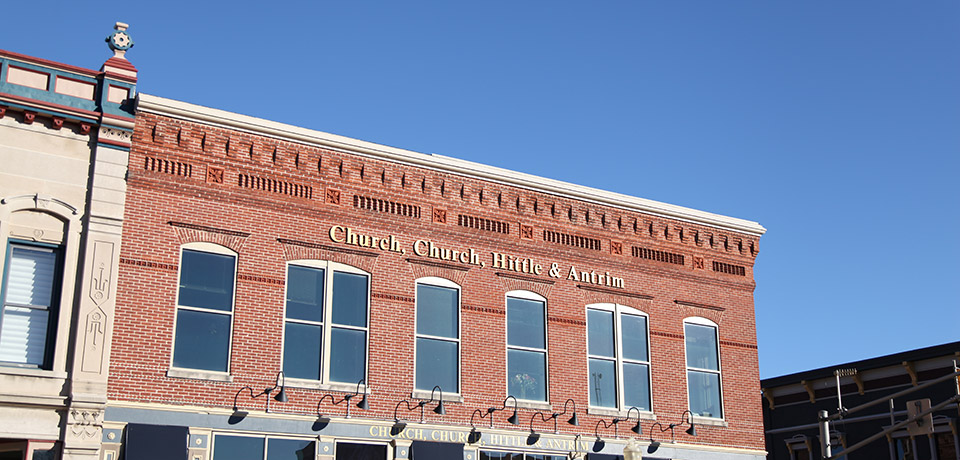Trademarks for Schools
POST DATE: 8.18.16

Schools are increasingly realizing the value of protecting their intellectual property, including trademarks. Registering and protecting trademarks can help to effectively protect a school’s name and other popular insignia from potentially problematic and unapproved uses. Additionally, a school can license its trademark in exchange for a fee. Trademark royalties can be an additional revenue stream for schools. Universities, which have been more active than K-12 schools in collecting trademark royalties, generated trademark royalty revenues of $209 million in the U.S. in 2013. (See Sports Licensing Soars To $698 Million In Royalty Revenue, Darren Heitner, Forbes, June 17, 2014).
A trademark (or a “service mark”) can be a school name, logo, mascot name, unique colors, or other defining insignia. The first step a school should take to protect its marks is to identify the marks that it uses to brand the school.
A school should make sure that its logos or other marks are not trademarks owned by someone else. Most commonly, this would be a situation in which a school has adopted the mascot or logo of another entity. Some organizations aggressively protect their trademarks, and have forced schools to either change their mascots or face a trademark infringement lawsuit. (See Colleges Tell High Schools Logos are Off Limits, Adam Himmelsbach, New York Times, Nov 26, 2010). If your school is using the logo or mascot of another entity, you should consider changing your mascot or logo or entering into a licensing agreement with that entity.
A school should also make sure that it owns the copyrights associated with its logos or other marks that constitute works of authorship. If a logo was developed by a school employee within the scope of the employee’s employment, the school is the likely owner of the copyright to the logo. However, if a logo was developed by an outside volunteer or contractor, the school may need to make sure that the copyright to the logo is transferred or “assigned” to the school.
Next, a school should consider registering its marks with state or federal authorities. Registering a school’s marks helps to protect the school’s marks from unauthorized use by demonstrating that a school is taking steps to protect its marks and by providing additional legal remedies against unauthorized users of the marks.
In order to register a mark, a school first must determine whether the mark has distinctiveness. Inherently distinctive marks are items that do not just describe a good or service, but rather identify the producer of the good or service. Most symbols that a school would like to protect fall under this type of distinctiveness. Acquired distinctiveness, on the other hand, means that the mark is “merely descriptive” of the good or service, but the consumer base has been educated over time to associate the mark with the producer and not the good or service itself.
After you determine whether your mark has the distinctiveness needed to register, you must choose whether to register federally or through a state agency. Federal registration through the United States Patent and Trademark Office (USPTO) is more expensive and takes longer than state registration, but provides nationwide statutory priority in the mark and prevents others from registering a confusingly similar mark for the same goods or services. A federal registration also grants the right to use the ® symbol and, in certain cases, to obtain treble damages and attorney’s fees against infringers. In order to be registered with the USPTO, a school also must use or intend to use the mark in interstate commerce.
A state trademark registration does not provide all of the benefits of federal registration, but is typically much less costly and time consuming. Many schools find that a state trademark registration is sufficient to show that the school is asserting control over the mark.
A school may approach unlicensed users of its marks with a request that they either cease using the school’s marks or enter into a “license agreement” with the school for appropriate use of the mark. A licensing agreement typically provides that a school can revoke the license to use the mark if the use is not up to the school’s standards (for example if the school’s mark was used in association with alcohol or tobacco). A license agreement would also include an appropriate monetary payment.
A school that is controlling the use of its marks should periodically search online and in its local community for unauthorized use of its marks while also ensuring authorized users are using the marks appropriately in an unaltered and high-quality format.
Every school entity should consider whether it would obtain value from registering and protecting its trademarks. If your school would like assistance in registering your marks, or has any other questions, please contact a CCHA attorney.
* CCHA Intern Kathleen Trott, a senior at Purdue University assisted with researching and writing this article.